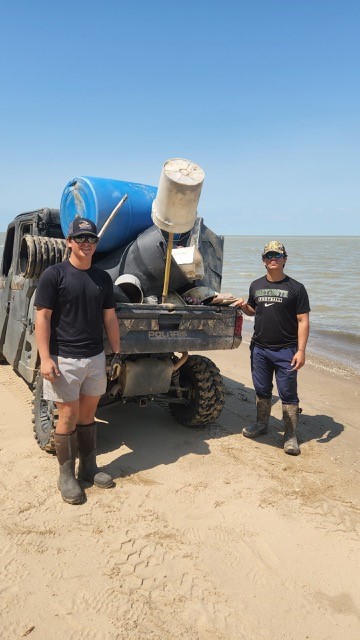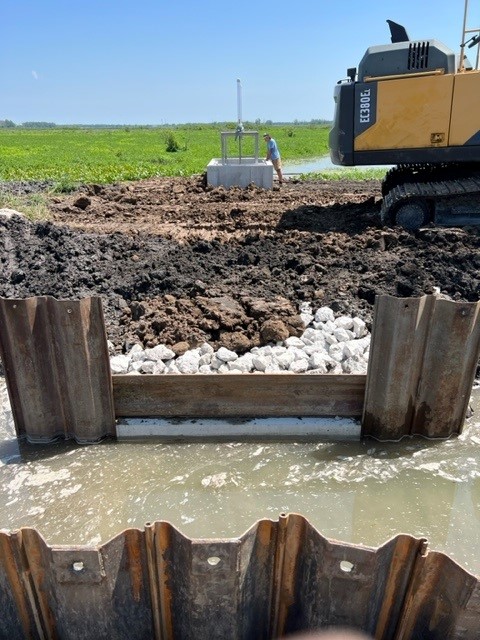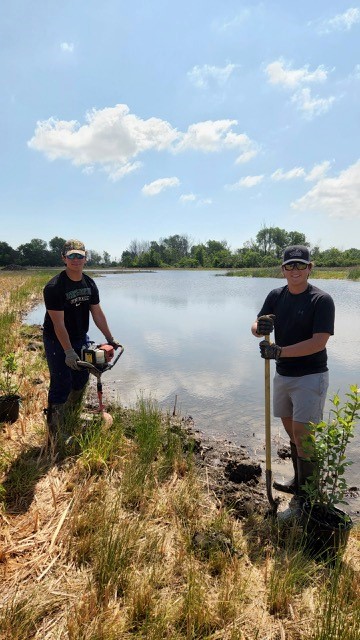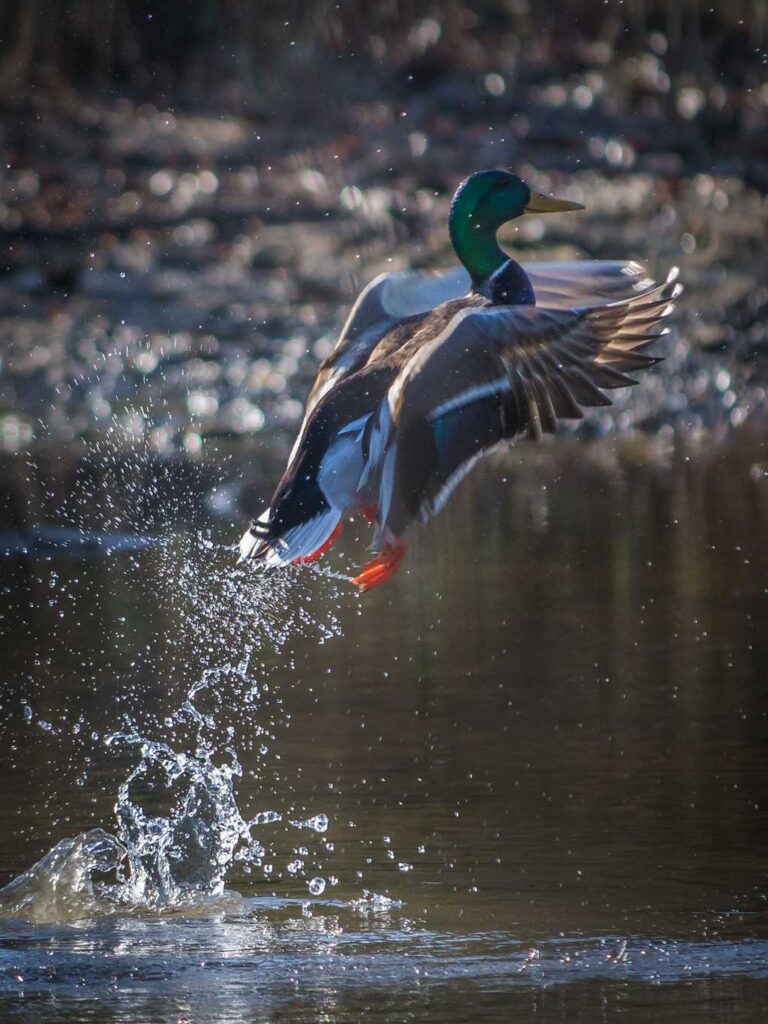TRWC Internships




TRWC supports the opportunity to offer paid internships to students inspired by environmental (involvement) management. Applicants need to present a case statement highlighting their learning objectives and desired outcomes from which the Board of Deciders will select candidate(s) on an annual basis. At the completion of the internship, each participant will be required to summarize their experience highlighting the goals accomplished, challenges undertaken and the environmental impact their work addressed. These summaries will be submitted for inclusion in the TRWC Library. Applications are welcome throughout the year.
Request for consideration should be sent to TRWC via email wetlands@thetrwc.org

Past Internships
2021 (Summer)
Mr. Matt South – Butler University – Indianapolis, Indiana
Matt paralleled his major in Business to the entrepreneurial challenge of starting the Conservancy. Fields of study included marketing, operations, economics, research and networking. A considerable amount of geographical data was collected to identify properties within the watershed deserving of support for environmental conservation projects. Marsh management duties were also performed primarily to address the control of invasive plant species using hand held applicators throughout the marsh.
2023 (Summer)
Mr. Nicholas León – Belen Jesuit Prep School – Miami, Florida
Mr. Cole Jackson – Palmer Trinity School – Miami, Florida
This internship involving Nick and Cole consisted of a diverse array of marsh management responsibilities. Considerable time was invested in planting Japanese millet throughout portions of the marsh with moist soils and on muddy areas bordering larger reservoirs of water. Backpacks and hand applicators were used while wading through the marsh. Focus was also placed on transplanting 30 button bush trees as well as willow trees to a newly acquired property which was recently put in the CREP Program. A separate project was the collection of eggs from snapping turtles and the endangered Blanding’s turtles and then relocating them to protective cover to minimize destruction/consumption by predators. Finally, a major effort was directed to picking up debris and trash which has drifted ashore from Lake Erie along the two-mile lake shore dike.
TRWC | 28901 Clemens Road, Suite #107 | Westlake, Ohio 44145 | Phone: (440) 899-0700| wetlands@thetrwc.org

